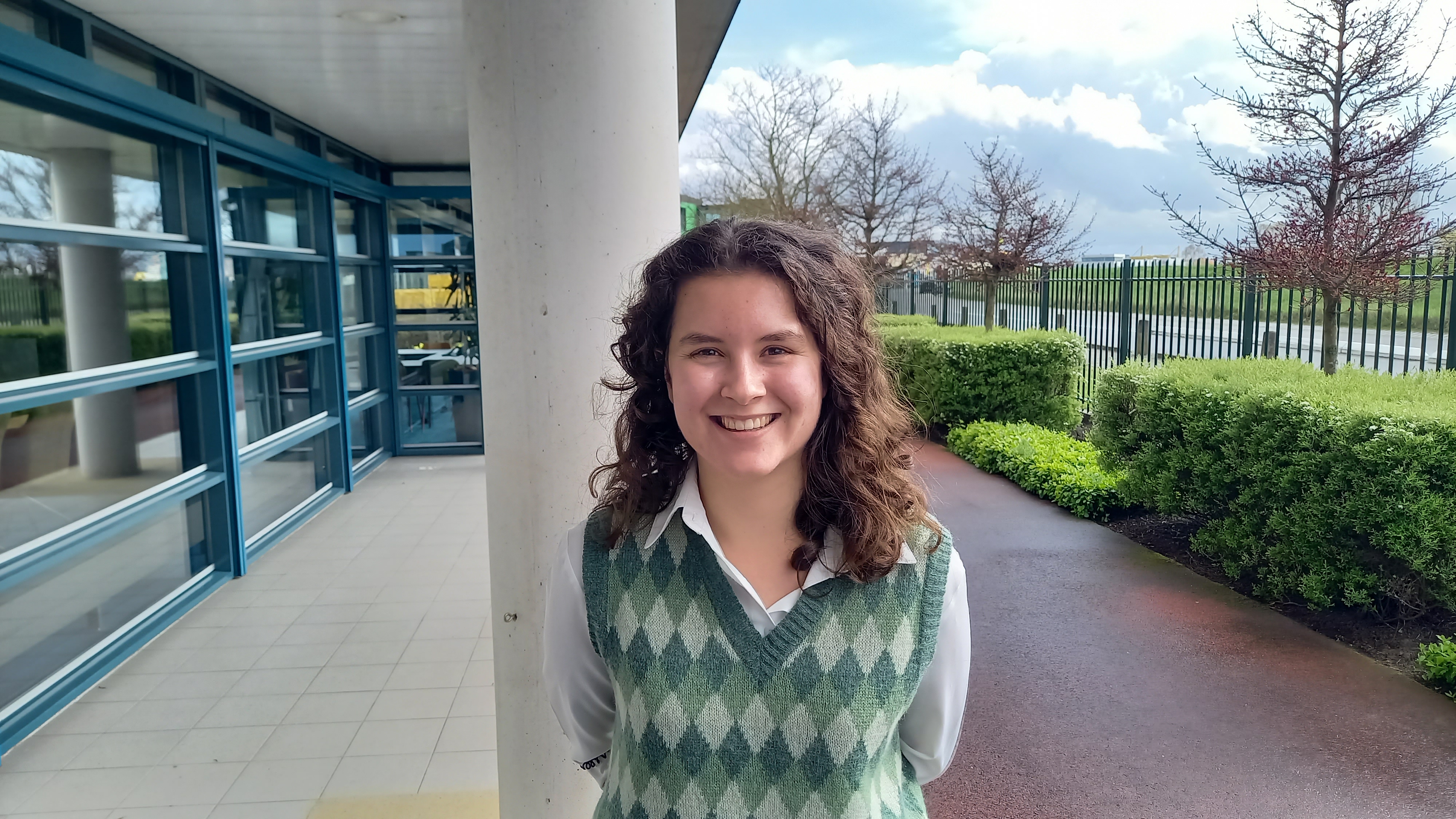Meistaraprófsvörn: Impact of glacial meltwater on hydrography, biochemistry, and marine productivity in Northwest Greenlandic fjords
Á næstunni fara fram varnir meistaranema við Háskólasetur Vestfjarða. Viðfangsefnin eru fjölbreytt og áhugaverð og eru nemendurnir frá bæði sjávarbyggðafræði og haf-og strandsvæðastjórnun. Varnirnar eru öllum aðgengilegar í gegnum hlekki sem finna má hér fyrir neðan en einnig er öllum velkomið að mæta á varnirnar sem fram fara í Háskólasetri Vestfjarða, Ísafirði.

Miðvikudagur 24. apríl kl 11:00
Nemandi: Emma Wolff
Titill ritgerðar: Impact of glacial meltwater on hydrography, biochemistry, and marine productivity in Northwest Greenlandic fjords
Námsleið: Haf- og strandsvæðastjórnun
Útdráttur: Greenlandic fjords are dynamic coastal areas that serve as major feeding and breeding grounds for various kinds of fish, birds, and mammals. These fjords typically receive meltwater from land- and/or marine-terminating glaciers. Throughout the Arctic region, freshwater discharge from glaciers is increasing with the changing climate. This raises questions about the possible consequences for the downstream marine environment. Previous research mainly focused on the impact of meltwater on fjord-glacier circulation, however little is known about the consequences for marine productivity. This study investigates the impact of glacial meltwater on hydrography, biochemistry, and marine production in four Northwest Greenlandic fjords with different characteristics, such as bathymetry and the type of glacier (marine or land- terminating glaciers) from which the meltwater originated. To investigate the impact of glacial meltwater, temperature and salinity measurements, dissolved macronutrients, primary productivity, zooplankton community structure and distribution, and bird and commercial fishery data were analyzed from the different fjords. The results show that large freshwater input during summer from meltwater rivers, calving icebergs, and subglacial discharge lowers salinity near meltwater discharge points or marine-terminating glaciers. Except for Silica, macronutrients are generally low near discharge points. Stratification and high turbidity levels close to discharge points restrict light availability and nutrient replenishment, which negatively impacts primary production and zooplankton biomass and abundance. In case of a marine- terminating glacier, subglacial discharge causes upwelling of deep nutrient-rich water, sustaining high primary and zooplankton production close to the meltwater plume. Copepods dominated the zooplankton community in both abundance (69.8%) and biomass (74.2%). The zooplankton community changes along the fjord axis, with large calanus species dominating the mouth of the fjord. Other factors, such as bathymetry, fjord-ocean exchange, and estuarine circulation, however play also a crucial role in fjord ecosystems. These findings increase our understanding of the impact of meltwater on fjord ecosystems and are important for developing successful conservation strategies for fish and bird species in the context of climate change.
Zoom linkur: https://eu01web.zoom.us/j/65371344989
Yfirlit yfir meistaraprófsvarnir á þessu tímabili:
| Tími | Nemandi | Námsleið | Titil meistaraverkefnis | Zoom linkur |
|---|---|---|---|---|
|
17.4. |
Laurent Trottier |
Sjávarbyggðafræði |
Pride and prejudice and forestry. Perceptions of afforestation in Icelandic communities |
|
|
17.4. |
Brandon Piel |
Sjávarbyggðafræði |
Eyemouth, Scotland & Alcanar, Catalunya: An Ethnographic Look at Independence Movements |
|
|
18.4. |
Mette Baunsø Kring |
Haf- og strandsvæðastjórnun |
Presence and possible threats to Harbor porpoises in the Westfjords, Iceland |
|
|
19.4. |
Lína Tryggvadóttir |
Sjávarbyggðafræði |
Uppbygging sveitarfélaga. Hve mikið er of mikið? Viðhorf hagsmunaaðila á uppbyggingu atvinnulífs í Þorlákshöfn [Defense in Icelandic] |
|
|
22.4. |
Bronte Harris |
Haf- og strandsvæðastjórnun |
The Phonic Footprint of Marine Tourism |
|
|
23.4. |
Elsa Brenner |
Haf- og strandsvæðastjórnun |
Investigating associations between pack management strategies and the intestinal microbiota of Greenland sled dogs (Canis lupus familiaris borealis) |
|
|
24.4. |
Emma Wolff |
Haf- og strandsvæðastjórnun |
Impact of glacial meltwater on hydrography, biochemistry, and marine productivity in Northwest Greenlandic fjords |
|
|
2.5. |
Alice Hough |
Haf- og strandsvæðastjórnun |
Past and Present Evolution of a High Arctic delta |
|
|
8.5. |
Robyn de Bruijn |
Haf- og strandsvæðastjórnun |
Microplastics in blue mussels (Mytilus edulis) from the Westfjords region in Iceland |